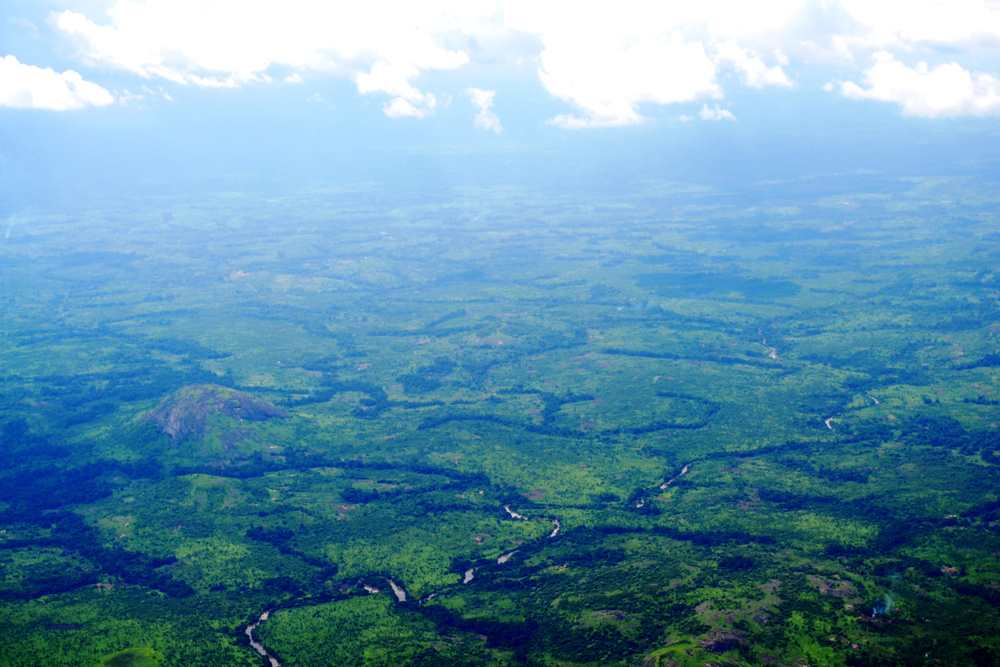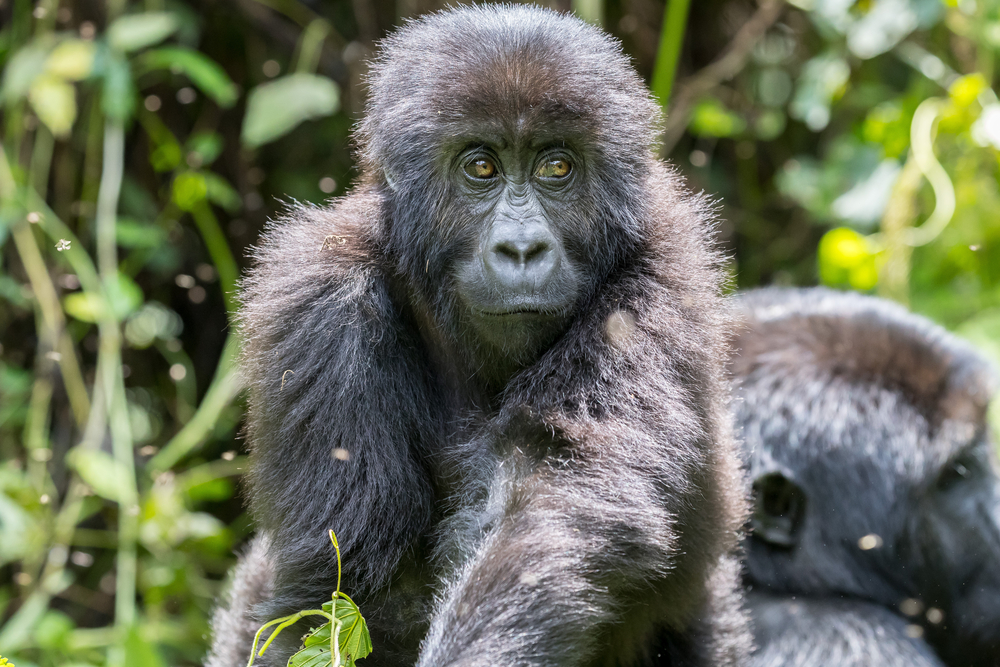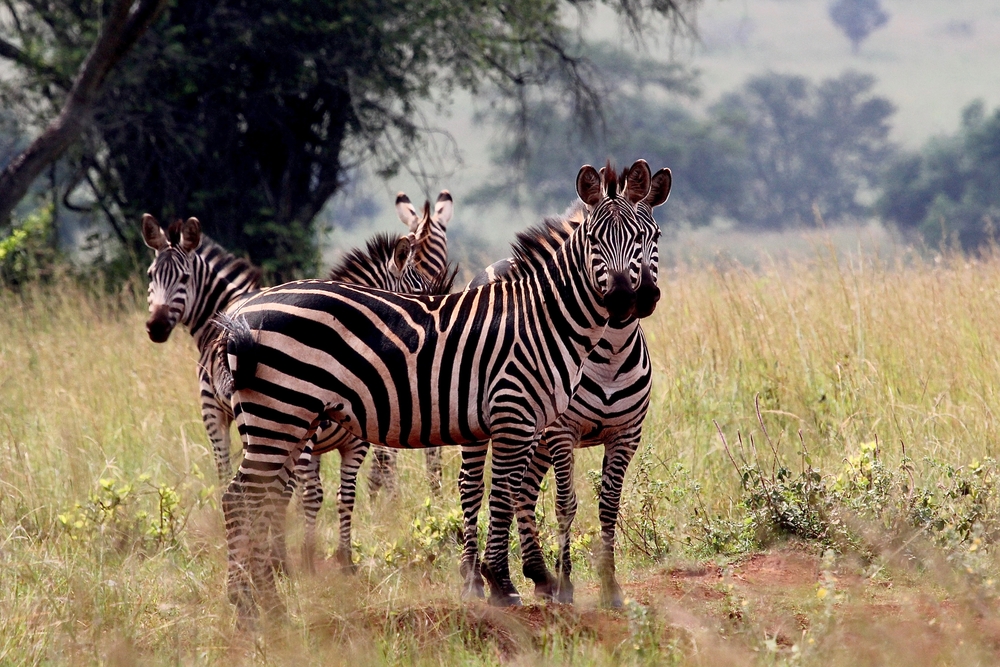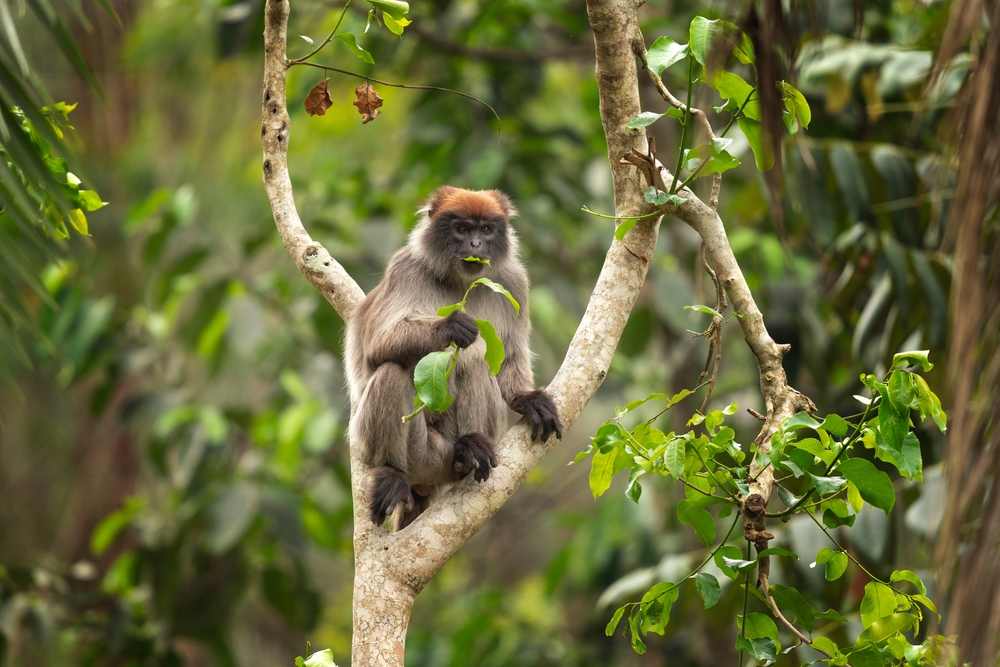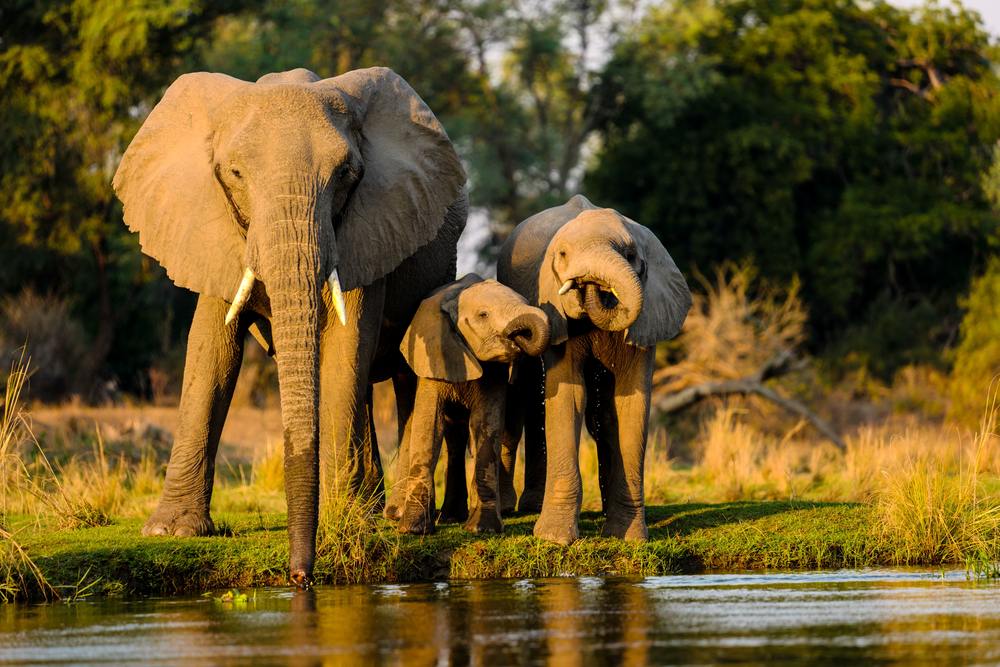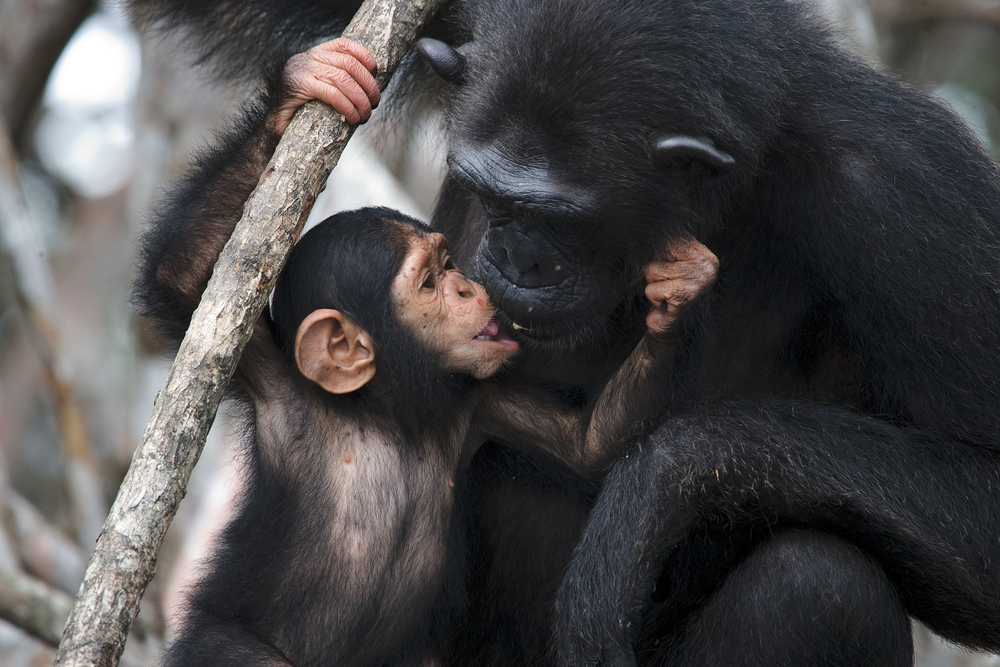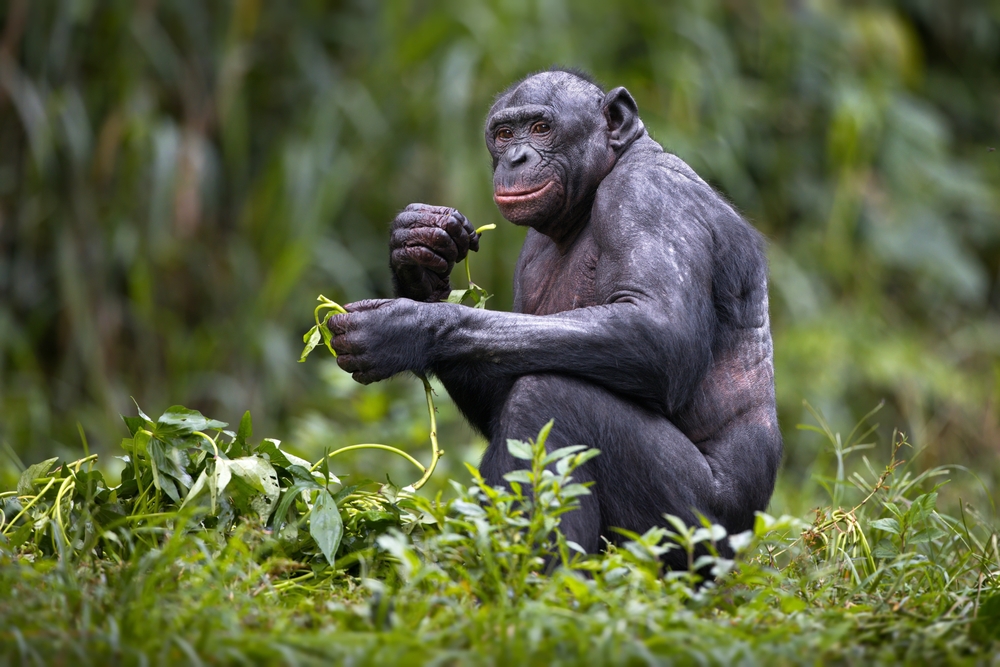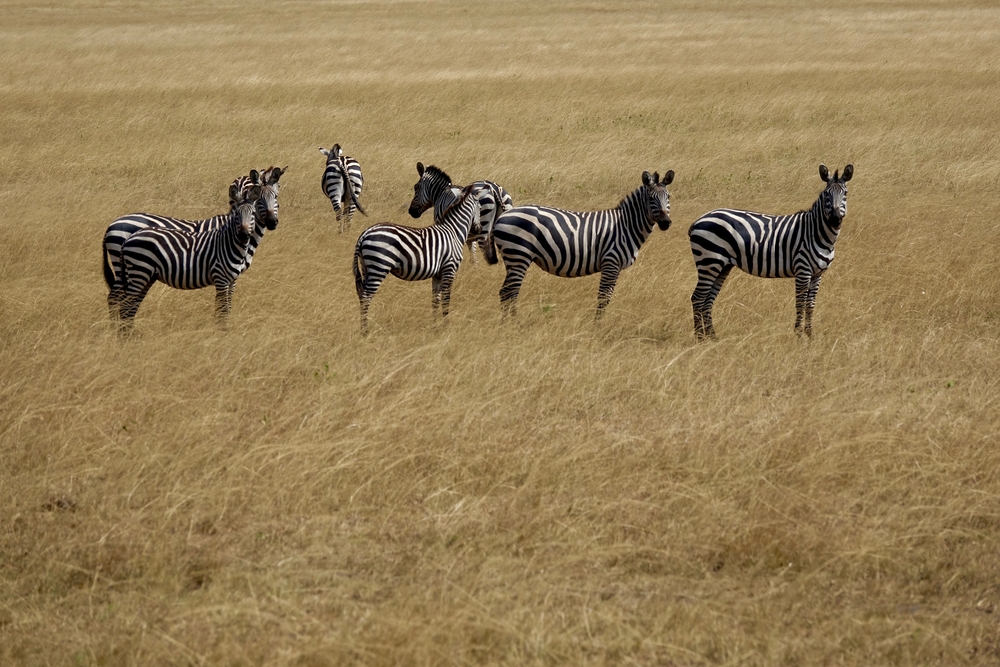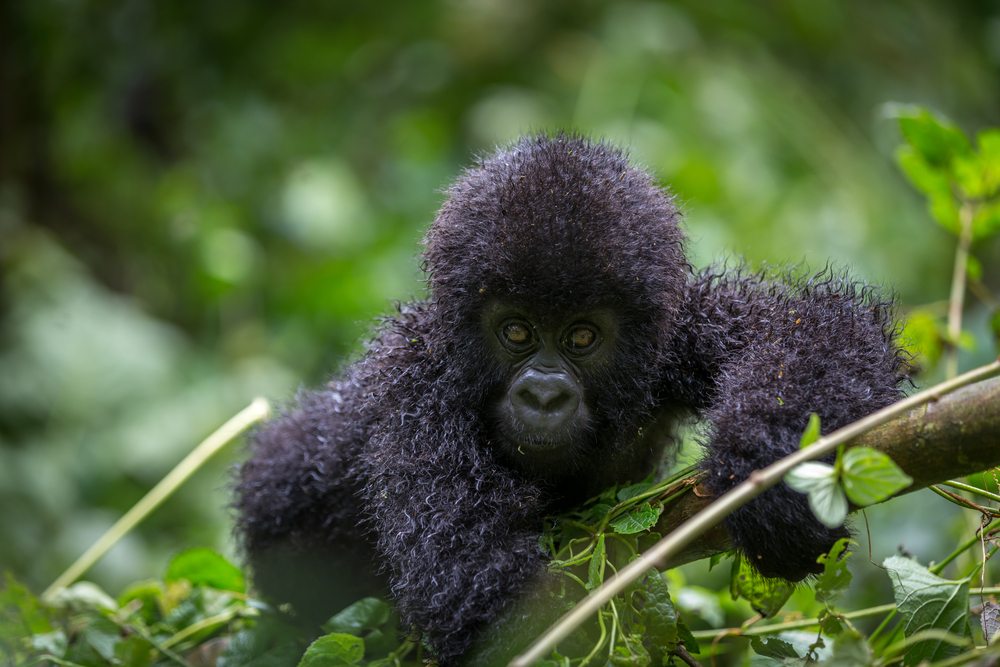The Democratic Republic of Congo (DRC) is home to a remarkable array of national parks, with nine officially designated national parks that together form a cornerstone of global biodiversity conservation. These parks showcase the country’s astonishing ecological diversity, ranging from lush rainforests to volcanic landscapes and savannas. As a part of the Congo Basin, one of the world’s largest tropical rainforests, these parks harbor an incredible range of endemic and endangered species. Despite their breathtaking natural beauty, these areas face significant conservation challenges, primarily from political instability, poaching, and illegal resource extraction.
One of the most iconic national parks in the DRC is Virunga National Park, Africa’s oldest national park and a UNESCO World Heritage Site. Spanning over 7,800 square kilometers, Virunga is renowned for its extraordinary biodiversity and dramatic landscapes, including active volcanoes like Mount Nyiragongo and Mount Nyamuragira. The park is also a sanctuary for critically endangered mountain gorillas, drawing researchers and ecotourists alike. However, its location in a conflict-prone region presents ongoing challenges for conservation and the safety of rangers.
Kahuzi-Biega National Park, another UNESCO World Heritage Site, is celebrated for its population of endangered eastern lowland gorillas. This park is distinguished by its diverse habitats, from dense rainforests to high-altitude bamboo forests on the slopes of its two extinct volcanoes, Mount Kahuzi and Mount Biega. Conservation efforts here are crucial to protecting gorilla populations from threats like habitat destruction and poaching.
Garamba National Park is a vast savanna ecosystem and another UNESCO World Heritage Site. Known for its herds of elephants and rare Kordofan giraffes, Garamba has historically been a target for poaching, which has significantly impacted its wildlife. Despite these challenges, international partnerships and increased patrolling have begun to show signs of recovery.
Salonga National Park, the largest tropical rainforest reserve in Africa, is a critical habitat for endangered species like bonobos, African forest elephants, and Congo peafowl. Its remote location in the heart of the Congo Basin has offered some protection, though illegal hunting and deforestation remain ongoing concerns.
Lastly, Upemba National Park offers a unique blend of ecosystems, including wetlands, grasslands, and woodlands, supporting a variety of wildlife such as hippos, zebras, and numerous bird species. Despite its ecological richness, Upemba has struggled with underfunding and resource exploitation.
Conservation efforts in the DRC face significant hurdles, including armed conflicts, corruption, and illegal mining. However, the resilience and commitment of local communities, park rangers, and international organizations provide hope. Successful initiatives like gorilla tourism in Virunga demonstrate the potential for conservation to support local economies while protecting critical habitats.










































































